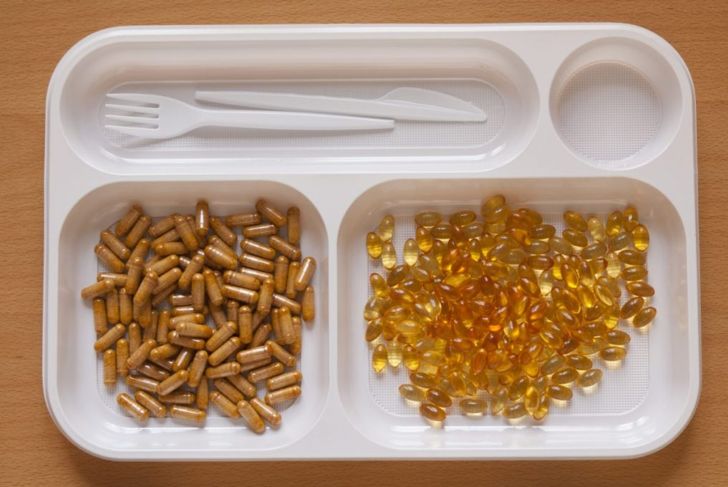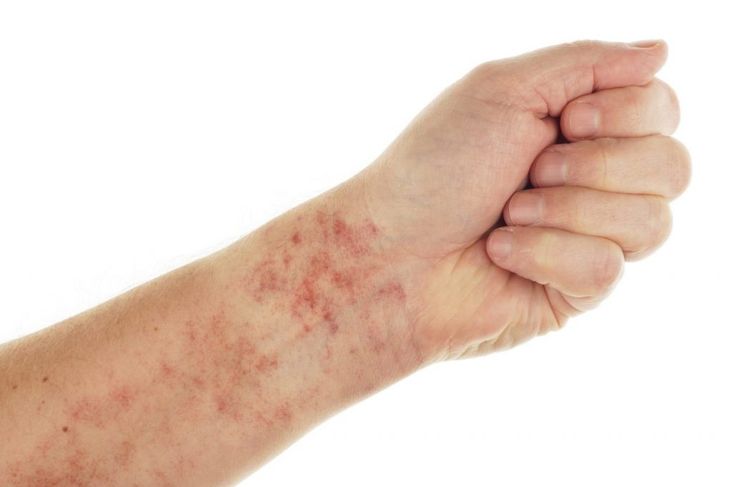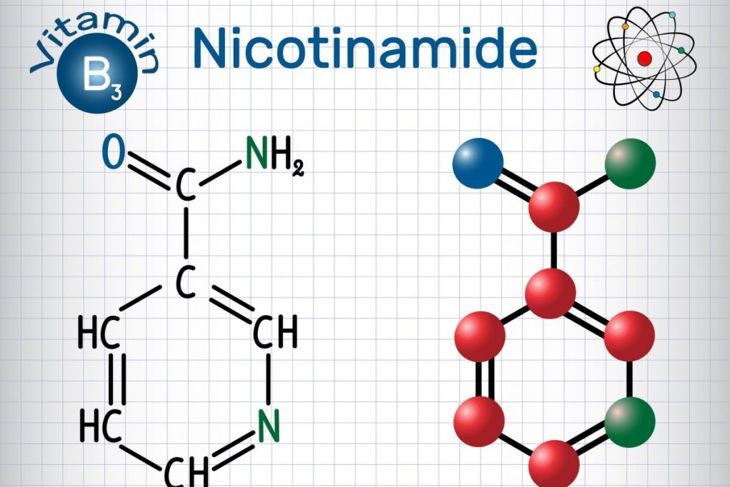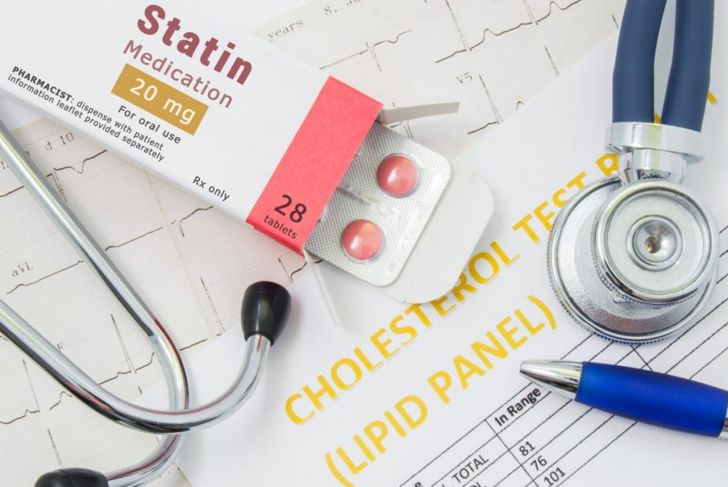Niacin is an important vitamin involved in the production of metabolism and energy. It is a component of the B-complex vitamin also known as B3 and is vital to the regulation of liver function and for the removal of toxins from the organ. Since the human body makes niacin from amino acids, most individuals need only absorb a small amount through diet. Niacin flush is a side effect of consuming large amounts of niacin at one time.
Is a Niacin Flush Harmful?
A niacin flush is not typically dangerous; it is a physical reaction that occurs when the small blood vessels in the face and neck dilate. This allows blood to rush to those areas, increasing redness. The reaction can also cause burning or itching. The effects of a niacin flush usually last for half an hour to an hour after one ingests an excess of niacin.
The Normal Dose of Niacin
A normal dose of niacin is 15 mg per day, and a daily vitamin or regular food consumption is usually sufficient. However, some people take niacin supplements that bring their intake level above the recommended amount. If the dose is large enough, around 250mg or more, the individual will experience a niacin flush.
Symptoms of Niacin Deficiency
Niacin is a necessary component, responsible for the proper function of the digestive system and used to help convert macronutrients into energy. It is also responsible for normal nerve function. People who are deficient in niacin might develop pellagra, a disease that results in digestive problems, mental impairment, and inflamed skin.
Origins of Niacin
Niacin is a B-vitamin that works alongside B6 and B12 to regulate metabolism and help with energy production. The nutrient is found in nuts, eggs, seafood, beef, and other meat. It is also absorbed from beans and legumes. “Niacin” is a shortened version of the full name: nicotinic acid vitamin. Naturally, occuring niacin is produced from the amino acid tryptophan.
Reduce Risk of Heart Disease
Some people take niacin supplements to reduce the risk of developing atherosclerosis and heart disease. Researchers have recently discovered taking 50mg or more of niacin each day can help lower an individual’s LDL cholesterol levels while increasing the HDL, the “good” cholesterol. The dose most people take as a treatment for high cholesterol ranges from 1,000mg-2,000mg per day.
Niacin to Flush Out Medication
One non-traditional reason for taking niacin in higher doses is to help the body flush out medication. This is important for those who might need to flush a harmful drug from their system or reduce the effects of a particular medication. Such consumers typically use niacin to increase their likelihood of passing a drug screening.
Long-Term Use of Niacin
Individuals who use niacin in high amounts run the risk of the vitamin interacting negatively with other medications. Additionally, overuse can cause other symptoms to manifest that can affect the quality of life. Taking high doses of niacin over months or years can lead to liver damage and painful stomach ulcers. The vitamin can also raise blood sugar and cause lasting skin rashes.
Treatment of Niacin Flush
Although in most cases a niacin flush is short-lived and does not cause further problems, some people find it uncomfortable enough to try to eliminate the occurrences. While this might not be completely possible, there are steps individuals can take to minimize the effects of niacin. First, they can take an over-the-counter painkiller thirty minutes before taking their niacin supplement; if that doesn’t work, they can try a time-release version of niacin that absorbs more slowly and produces fewer physical effects.
Benefits of Niacin
Niacin doesn’t just benefit people with high cholesterol. Scientists have found the vitamin helps treat migraine headaches and problems with blood circulation. It can also counteract dizziness. For cholera patients or others who experience severe diarrhea, niacin can reduce or minimize the symptom.
Research into Niacin
According to recent studies, niacin administered to stroke patients can help the brain create new blood vessels. It can also help repair brain damage due to stroke. The vitamin also shows promise for reducing the formation of nonmelanoma cancer and acne.

 Home
Home Health
Health Diet & Nutrition
Diet & Nutrition Living Well
Living Well More
More




















